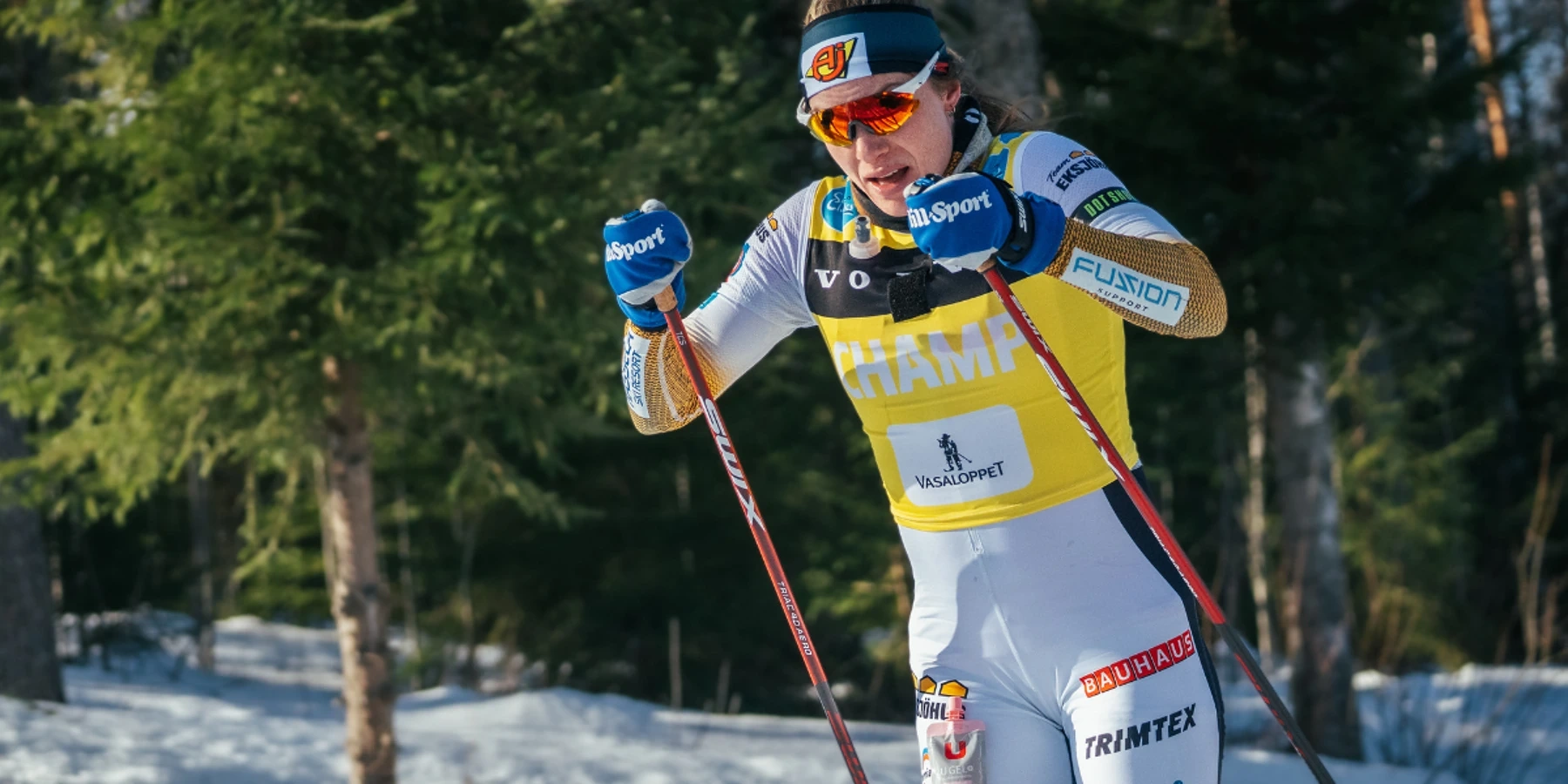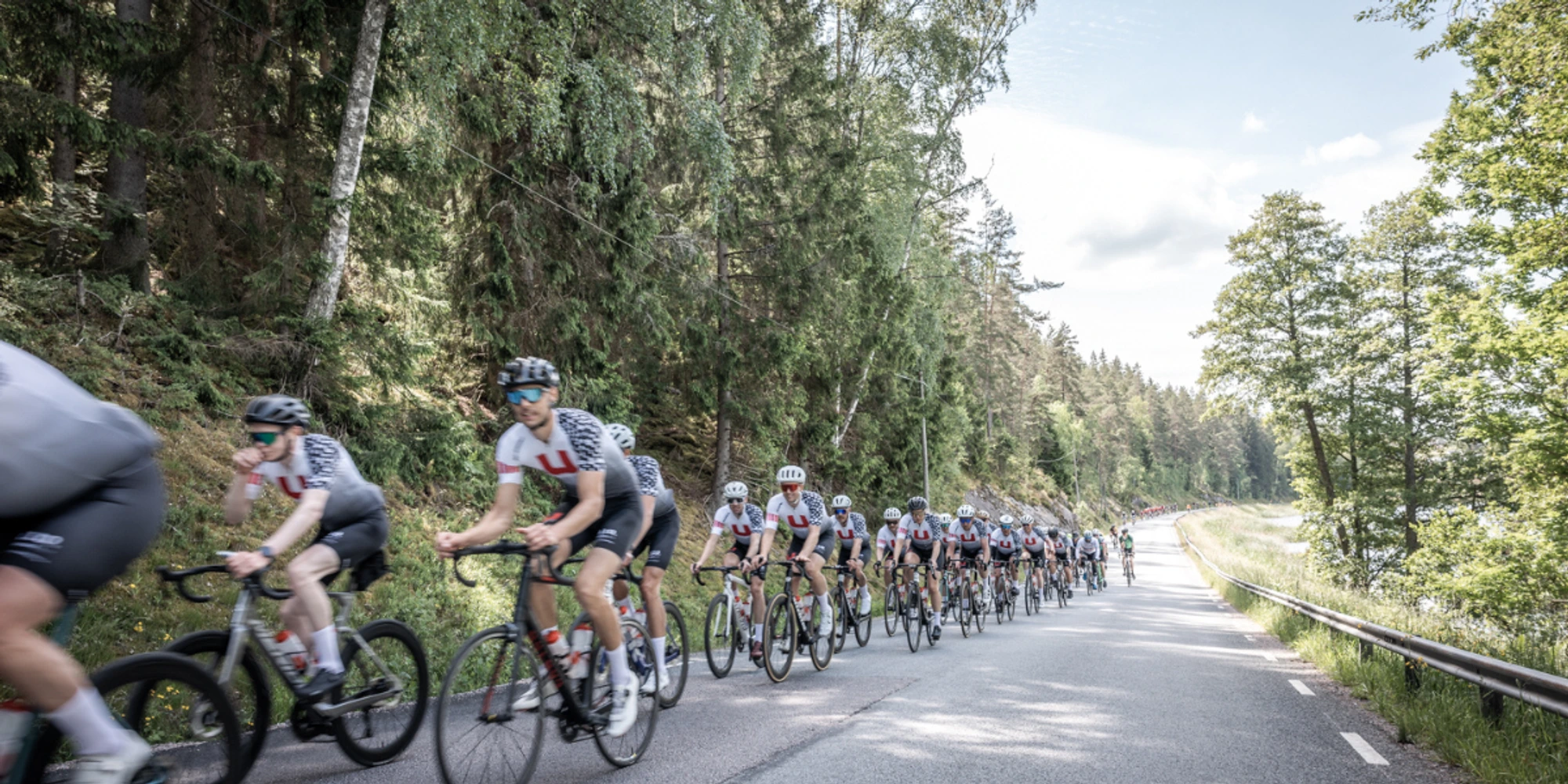
Skapa en effektiv energiplan
En välplanerad energiplan eller inte kan många gånger innebära skillnaden mellan att slå nytt personbästa, ta en pallplacering eller att vägga totalt. Vi har i tidigare artiklar förklarat varför just kolhydrater är den viktigaste energikällan för att prestera under träning och tävling. Vi har även belyst varför en anpassad mage kommer prestera bättre på tävling om den är van vid kolhydrater under aktivitet.
Men hur gör man då för att skapa sin personliga awesome energiplan?
Att skapa en energiplan
Det kan kännas komplicerat att planera intaget, speciellt när det börjar pratas om mängd vätska, gram kolhydrater och intensitetszoner. Men det är egentligen inte så komplicerat som du kanske tror.
Vi ska nu göra vårt bästa för att på ett enkelt sätt ge dig grundtips som du kan använda på alla dina lopp oavsett distans, målsättning och idrott. Med lite grunder och några enkla tips kan alla sätta ihop en riktig proffsplan. Med en välplanerad energiplan ökar också chansen att du håller dig till den, att bara gå på hunger, upplevd känsla av energi och törst ökar risken för både väggning och magproblem och du har spenderat alldeles för många träningstimmar för att slarva med energiintaget på tävlingsdagen.
Energibehovet för att bibehålla prestationen ökar i takt med intenisteten och aktivitetens längd. Till höger finns en figur som i enkla drag beskriver behovet av gram kolhydrater under olika intensiteter och tidsspann.
För att enkelt skapa en energiplan kan du ställa dig själv 5 frågor, efter detta kommer du enkelt kunna välja ut exakt vad du behöver i energiväg för att prestera på topp nästa tävling.
Fem frågor du bör ställa dig själv för en AWESOME energiplan
1. Vad målet är med träningen/tävlingen?
Är din målsättning att vinna eller att genomföra? Målsättningen kan till viss del styra hur stor vikt du lägger på din plan. Är målsättningen optimal prestation bör du alltid sträva efter att optimera din energiplan. Tar du istället tävlingen som ett äventyr eller en lugnare upplevelse har du råd att "slarva" lite mer. T.ex kan du då äta lite mer fast föda, det kan dock öka risken för magproblem och en krånglande mage leder sällan till en rolig tävlingsupplevelse. Men hellre att du lär dig vart din gräns går på en tävling eller träning där målet inte är optimal prestation jämfört med en A-tävling.
Oavsett målsättning blir vår rekommendation nästan alltid densamma som forskningen anger, dvs att sikta på 90g kolhydrater per timme när du ska hålla på i mer än 90min. Ska man dra det ännu längre så skulle man kunna säga att du bör ligga så högt du kan innan magen börjar säga ifrån. För vissa är den gränsen 70-80g och andra kan pusha upp mot 100-130g/h. För enkelhetens skull kommer vi utgå från rekommendationen på 90g/h vilket en dos som de flesta med lite träning kan komma upp i.
2. Hur länge ska du hålla på?
Ok, du vet nu vad du behöver få i dig per timme. Då är det dags att beräkna det totala intaget. Säg att du ska springa ett marathon på 4 timmar, 4x90=360g. Så ditt totala energiintag för hela loppet blir 360g kolhydrater. Att utgå från dessa beräkningar ger dig en bra överblick över hur mycket energi du behöver få i dig under loppet. Denna uträkning fungerar i stort sätt från 90min upp till 24 timmars ultralopp. Ska du göra ännu längre lopp/utmaningar blir fortfarande ett högt kolhydratintag av största vikt men då spelar också det totala energiintaget och att minimera kaloriunderskottet en större roll.
3. Vad ska energin komma ifrån?
Vilka sorters produkter dina kolhydrater ska komma från beror på en rad faktorer som smak, flytande eller fast energi, vad du testat innan och givetvis även vad du trivs med. Tumregel nr 1 är att inte testa något nytt under tävling. Har du tid till förberedelse, testa den energi du vill kunna inta under träning. En annan bra regel är att utgå från är att låta en majoritet av ditt energiintag komma från gels eller sportdryck. Dessa är lätta för kroppen att ta upp och enkla att få med sig samt ger bra överblick över vilket intag du har. Bars och mer fast föda tar längre tid att bryta ner och ökar risken för magproblem. Under längre lopp kan man använda bars som smakbrytare eller om hungern blir för stor. Men vi "behöver" ingen fast eller "vanlig" mat bara för att vi håller på i mer än 12 timmar. Vill du lära dig mer om skillnaderna mellan gel, bars och sportdryck?
Fundera också över vilka slags förpackningar som passar din aktivitet, kan du öppna en bars i farten? Skruvkork eller avdragsflärp på gelen? Eller passar det dig bättre att hälla över den i en softbottle innan start? En energiplan är bara effektiv om du faktiskt får i dig den tilltänkta energin även på stökiga stigar, tekniska utförskörningar eller när du ligger tätt inpackad i en klunga.
4. Vilka är tävlingens & vädrets förutstättningar?
Är det ett löplopp, cykelrace, triathlon eller skidlopp du ska genomföra? Finns det energistationer eller måste du ha med dig all energi själv? Är det kallt eller varmt? Ju högre temperatur desto mer vätska måste du få i dig. Dessa frågor spelar stor roll för dina val av energiupplägg och vilka produkter du bör använda.
Ett sätt att förenkla din plan är att separera energiintag från vätskeintag. Har du ex 2 flaskor på cykeln eller 2 softbottles i löparvästen kan du blanda en av dem med sportdryck. U Sport är framtagen för att kunna blandas både starkt och löst. Säg att du ska springa i 3 timmar lugnt, det blir då med 60g kolhydrater per timme, 180g kolhydrater totalt, blanda då 9 skopor (1 skopa ger 30g kolhydrater) så har du all energi i en flaska för hela passet. Den andra flaskan kan du ha vatten i och dricka efter törst.
Kommer du förlita dig på endast energistationerna längs med banan/vägen? Kolla då upp vad som serveras där och hur mycket du behöver få i dig på stationerna för att hålla dig till din plan. På tävlingar där Umaras sportdryck serveras på stationerna innehåller en mugg med 1,5dl sportdryck ca 10g kolhydrater. Så det kan vara bra att räkna lite och kanske komplettera med några exta gels inför nästa mara.
5. När ska jag börja inta energi och hur ofta?
Lite och ofta är ett bra mantra att ha i bakhuvudet här. Påbörja intaget efter ca 20min och försök hålla det kring 2-3 ggr per timme genom hela loppet. På detta sättet minskar man risken för "köbildning" i tarmen och upptaget av kolhydrater optimeras.
Men uppladdning och tillskott inför och precis innan start då?
Vill du verkligen optimera din prestation finns det mycket att vinna på att inta tillskott som koffein, beta-alanin och nitrat inför start.
Lär dig mer om dessa tillskott här.

En effektiv energiplan kräver planering och en viss förståelse för vad du klarar av. Med en awesome energiplan på plats kan du optimera din prestation och minska riskerna förknippade med låg energi och uttorkning. Kom ihåg att varje idrottare är unik, så vad som fungerar för en kanske inte fungerar för en annan. Experimentera under träning, lär av dina erfarenheter och justera vid behov. Nedan följer tre exempel på olika energi- och vätskeplaner för en 4-timmars tävling under en lagom varm 22-graders sommardag, med sikte på ett intag av 90g kolhydrater per timme.
Johannas sportdrycksplan
Johanna förlitar sig helt på sportdryck. Hon springer med en vätskeryggsäck och blandar en 1,5-liters vätskeblåsa med 12 skopor U Sport, vilket ger 360g kolhydrater. Hon dricker detta kontinuerligt under hela loppet. Om det blir väldigt varmt har hon vatten i en extra softbottle.
Denna plan ger 90g/h under 4 timmar.
Simons blandade energiplan
Simon gillar att ha något att tugga på under längre lopp men vill inte riskera magbesvär. Han väljer därför en blandad plan med sportdryck, bars och gel.
Energiplan:
2 softbottles, vardera 500ml, blandat med 6 skopor U Sport (3 skopor per flaska, totalt 180g kolhydrater).
2 U Bars = 60g kolhydrater
4 U Gel = 120g kolhydrater
Totalt intag = 360g
Användning:
Dricker sportdrycken kontinuerligt under loppet.
2 U Bars vid 1,5 timmar och 3 timmar.
U Gel var 30:e minut.
Denna plan ger 90g/h under 4 timmar.
Elovs lätta plan
Elov vill inte bära för mycket vikt i form av vätska. Han väljer en energiplan som endast består av gel. Genom att hälla U Gel Bigpack (300ml) i en 500ml softbottle och blanda smakerna av U Gel, får han en trevlig variation av smaker och lätt packning. Om det blir väldigt varmt har han vatten i en extra softbottle.
Energiplan:
1 softbottle på 500ml med 6st U Gel (180g kolhydrater/300ml) + fylla upp med vatten tills flaskan är full.
6 U Gel = 180g kolhydrater
Totalt intag = 360g
Användning:
Dricker kontinuerligt från sin softbottle, som bör vara slut efter 2 timmar.
En U Gel ca var 30:e minut
Denna plan ger 90g/h under 4 timmar.
